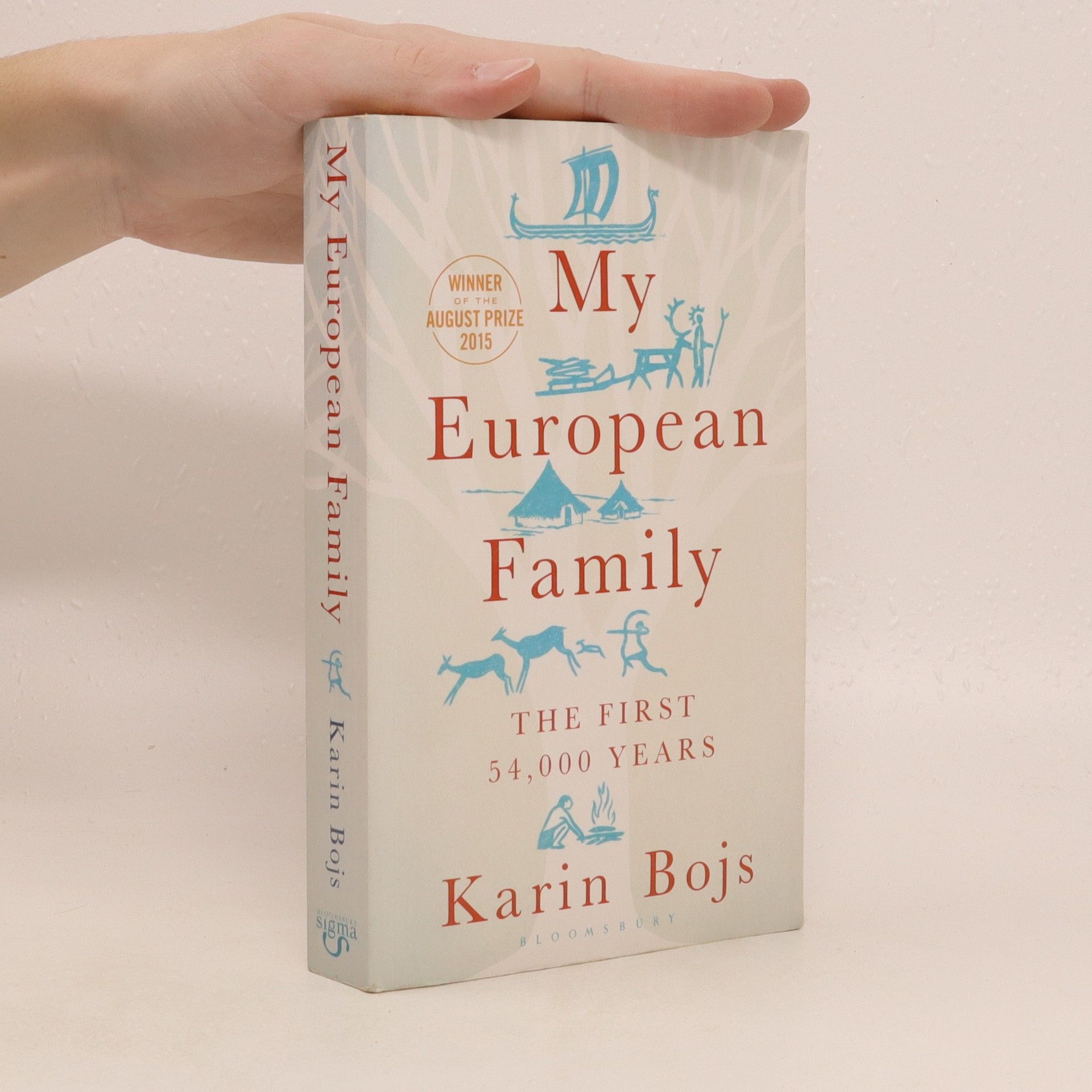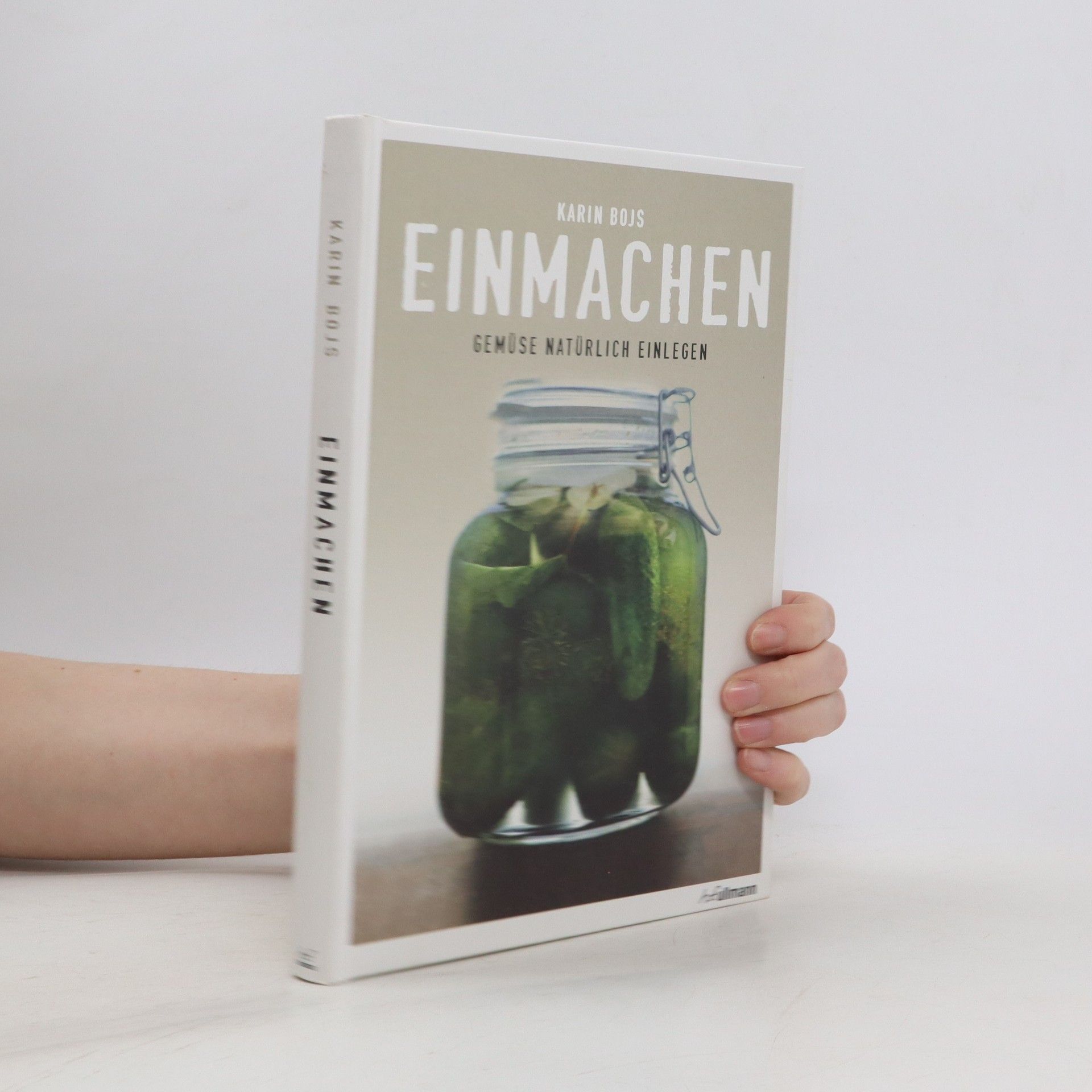The story of Europe and its peoples, told through its genetic legacy and woven together using the latest archaeological findings, will fascinate anyone interested in genealogy. Karin Bojs grew up in a small, broken family, and at her mother's funeral she felt this more acutely than ever. As part of the healing process, she decided to use DNA research to learn more about herself, her family, and the interconnectedness of society. She went deep in search of her genealogy, having her DNA sequenced and tested, and effectively becoming an experimental subject. Remarkably, she was able to trace the path of her ancestors through recorded history and into prehistory. Through the course of her research, she met dozens of scientists working in genetic research. The narrative travels the length and breadth of Europe, from the Neanderthals of central Germany to the Cro-Magnon in France. Bojs visited the ancient caves, realizing that her direct ancestors must have been living in the area when the cave art was painted. A second DNA analysis later revealed she has Sami (i.e. Lapp) genetic material in her genome, and there were further revelations about her hunter-gatherer, Bronze-Age, and Iron-Age relatives, including the Vikings. This fresh, first-person exploration of genes and genetics goes well beyond personal genealogy and reveals much about the shared history of European peoples.
Karin Bojs Boeken
Karin Bojs is een auteur en wetenschapsjournalist wiens werk diep ingaat op fundamentele vragen over de menselijke geschiedenis en onze plaats in de wereld. Ze staat bekend om haar vermogen om wetenschappelijk onderzoek te verweven met meeslepende verhalen. Haar schrijven biedt lezers een fascinerende verkenning van wat ons als mens definieert en hoe we zijn geworden wie we zijn.







My European Family: The First 54 000 Years
- 400bladzijden
- 14 uur lezen
Karin Bojs grew up in a small, broken family. At her mother's funeral she felt this more keenly than ever. As a science journalist she was eager to learn more about herself, her family and the interconnectedness of society. After all, we're all related. And in a sense, we are all family. My European Family tells the story of Europe and its people through its genetic legacy, from the first wave of immigration to the present day, weaving in the latest archaeological findings. Karin goes deep in search of her genealogy; by having her DNA sequenced she was able to trace the path of her ancestors back through the Viking and Bronze ages to the Neolithic and beyond into prehistory, even back to a time when Neanderthals ran the European show. Travelling to dozens of countries to follow the story, she learns about early farmers in the Middle East and flute-playing cavemen in Germany and France, and a whole host of other fascinating characters. This book looks at genetics from a uniquely pan- European perspective, with the author meeting dozens of geneticists, historians and archaeologists in the course of her research. The genes of this seemingly ordinary modern European woman have a truly fascinating story to tell, and in many ways it is the true story of Europe. At a time when politics is pushing nations apart, this book shows that, ultimately, our genes will always bind us together.
My European Family
- 400bladzijden
- 14 uur lezen
The story of Europe and its peoples, told through its genetic legacy and woven together using the latest archaeological findings, will fascinate anyone interested in genealogy.
Eine Zeitreise durch die Evolution des Menschen - fesselnd wie ein Roman Was wissen wir über unsere Vorfahren? Wer Ahnenforschung betreibt, kennt mindestens die Generation der Eltern, Großeltern und Urgroßeltern. Die schwedische Journalistin Karin Bojs will aber weit mehr über ihre Herkunft erfahren und begibt sich auf eine anthropologische Spurensuche. Sie lässt ihre DNA sequenzieren, um mithilfe modernster Genforschung diese Wissenslücke zu schließen. Ihre Recherche führt sie von Skandinavien bis in die urzeitlichen Höhlen der Schwäbischen Alb. Sie trifft Genforscher, Anthropologen und Archäologen und besucht historische Ausgrabungsorte. Ihre Nachforschungen zeigen, dass wir modernen Europäer bis heute das genetische Erbe von Homo Sapiens und Neandertalern in uns tragen und deswegen alle miteinander verwandt sind! Forschungsergebnisse aus Genetik und Archäologie sorgfältig recherchiert und anschaulich präsentiert Amüsant und klug erzählt: abwechslungsreiche Lektüre mit vielen Aha-Momenten Reisebericht, Familienforschung und wissenschaftliche Studie kenntnisreich verknüpft Von Jägern und Sammlern über Bauern bis zu Indoeuropäern: ein Exkurs in die Menschheitsgeschichte Jetzt in der Reihe wbg-Paperback: das Wissensbuch des Jahres 2018 (Bild der Wissenschaft) Was unsere Gene über unsere Familiengeschichte verraten Woher kommen wir? Welches Erbe tragen wir in uns? Was verbindet uns, was trennt uns? Das Interesse für unsere Vorfahren ist wichtiger Bestandteil vieler Kulturen, denn über Abstammung wird sogar Identität definiert. In »Meine europäische Familie« revolutioniert Karin Bojs mittels Genealogie unser Wissen über die Vergangenheit: Bemerkenswerter als die Unterschiede sind nämlich die Gemeinsamkeiten im genetischen Erbe! So zeigt sie, dass Identität und Kultur keineswegs unwandelbare Größen einer Gesellschaft sind - und deswegen auch nicht durch Einwanderung bedroht werden können!
Mých prvních 54 000 let : nejnovější poznatky z archeologie a evoluční genetiky
- 392bladzijden
- 14 uur lezen
Mých prvních 54 000 let - Nejnovější poznatky z archeologie a evoluční genetiky. Dějiny lidstva neseme každý v sobě. Náš vlastní genom lze číst jako knihu o posledních desítkách tisíc let. Toto poznání vedlo Karin Bojsovou k propojení jejího osobního příběhu se současnými revolučními poznatky archeogenetiky, s příběhem předků od Vikingů přes dobu bronzovou až k neolitu a dávné době, kdy Evropu obývali neandertálci. Kniha provází čtenáře celým kontinentem a přilehlými oblastmi s jejich prehistorií, setkává se s prvními zemědělci na Středním východě, jeskynními hráči na flétnu v Německu a Francii, lovci mamutů v Brně, prvními výrobci piva, zmiňuje Ötziho i možné budoucí zajímavé objevy skrývající se na dně Severního moře. Poznatky, jež autorka čerpala ze setkávání s desítkami odborníků - genetiků, archeologů a historiků, skládají obraz dějin nahlížených z genetické perspektivy. Takové pojetí je nejen v souladu se současnými trendy, ale vede i k základnímu pochopení, že všichni Evropané jsou součástí jedné velké rodiny.
Una apasionante bs︢queda personal de nuestros org̕enes genťicos que nos demuestra que todos estamos conectados. Nunca se han iluminado los primeros 54 000 aǫs como en este libro. Karin Bojs creci ̤en una familia rota y pequeą. En el funeral de su madre tuvo ese sentimiento de soledad ms̀ que nunca. As ̕que, como parte de un proceso de curacin̤, decidi ̤hacer una investigacin̤ de ADN para aprender ms̀ sobre s ̕misma, su familia y la interconexin̤ de la sociedad. Al fin y al cabo, estamos todos conectados. Y en cierto modo, todos somos familia. Mi gran familia europea narra la historia de Europa y sus habitantes a travš de su legado genťico, entrelazando tambiň los l︢timos descubrimientos arqueolg̤icos. De Islandia a Espaą, Karin se adentra profundamente en la bs︢queda de su genealoga̕; secuenciando y examinando su ADN y convirtiňdose as ̕en un sujeto experimental, es capaz de trazar el camino de sus antepasados, y hasta la prehistoria. Este libro observa la genťica desde una perspectiva paneuropea n︢ica, a travš de los encuentros de la autora con docenas de genetistas, historiadores y arquel̤ogos en su proceso de investigacin̤
Mütter Europas
Die letzten 43 000 Jahre
Einmachen ist eine der einfachsten Methoden, um Lebensmittel zu veredeln und haltbar zu machen. Viele von uns erinnern sich an das Selbsteingemachte aus Omas Garten. Einmachen liegt wieder voll im Trend; somit steigt auch das Interesse zu wissen, wie man die Nahrungsmittel verarbeitet. Milchsäuregärung ist eine der ältesten Möglichkeiten, um Gemüse zu konservieren. Sie ist nicht nur energiesparend und umweltfreundlich, sondern sie bringt komplexe Aromen hervor, die bei anderen, schnelleren Prozessen verloren gehen. Dieses Buch gibt einen Einblick in die traditionelle Technik und zeigt neben Klassikern wie Gurken, Kohl und Rote Bete auch internationale Rezepte wie das koreanische Kimchi oder türkische Sarma. Reich bebildert gehört dieses Handbuch in jedes Regal eines Hobbykochs, der das traditionelle Einmachen wiederentdecken will.



